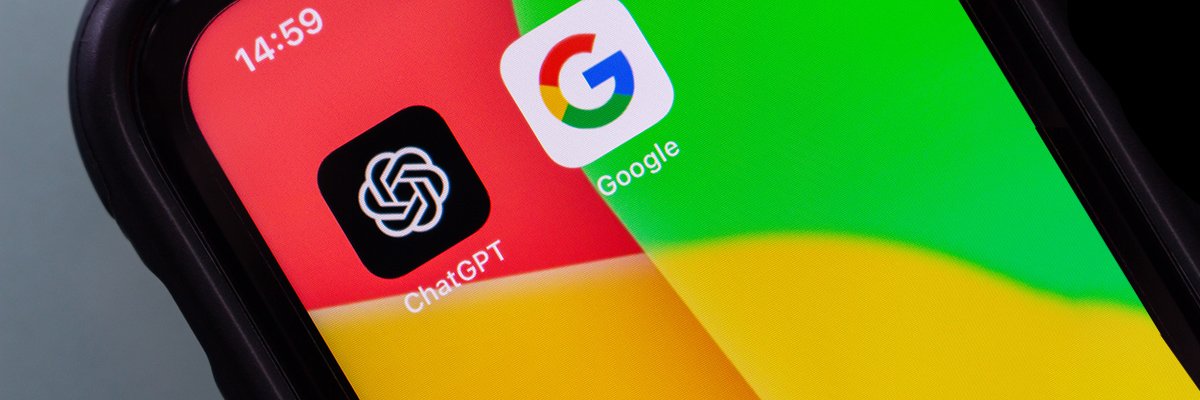Ever felt like you’re living in the centre of a desolate wilderness, with everything speeding away from you…?
You could be right! Cosmologically speaking, that is.
Scientists think they have found evidence that the Milky Way, our galactic neighbourbood, is in a part of the universe which is uncommonly empty.
They say we might be in a big void called an ‘underdensity’, where there are some other galaxies, but less than you’d find elsewhere.
Imagine the difference between living in a detached flat on a hillside in rural Scotland, and renting a flat in central London.
The idea that the universe is not evenly spread out could explain why it seems like galaxies are speeding away from each other at a faster speed nearby than what we would expect from observiing the early universe.
This is a puzzle that has been perplexing astrophysicists, and is known as the Hubble Tension.
New research presented to the Royal Astromonical Society’s National Astronomy Meeting suggested the ‘void’ as a potential explanation.
Dr Indranil Banik, of the University of Portsmouth, said data comes from measuring baryon acoustic oscillations (AKA, the ‘sound of the Big Bang’).
If you don’t know what baryon acoustic oscillations are, fair enough. They are like frozen ripples in the distribution of matter, created by sound waves moving through a hot plasma of particles at the very beginning of time.
Dr Banik said: ‘They act as a standard ruler, whose angular size we can use to chart the cosmic expansion history.’
For decades, scientists have been pondering whether we could live in a big empty area of the universe.

But the idea is controversial because it challenges what we think we know about space, which suggests matter should be more evenly spread out.
If we really are floating in the middle of a bubble of nothingness, it is thought to be around 20% less dense than the universe as a whole, and a billion light years in radius.
Explaining why a void might distort our idea of how quicky the universe is speeding away, Dr Banik said: ‘It would cause matter to be pulled by gravity towards the higher density exterior of the void, leading to the void becoming emptier with time.’
Matter being pulled away to the edge would move faster than if it were not in a void, but we wouldn’t realise.

Scientists have various ways to measure age in cosmic terms, including ‘redshift’ which measure how much light has stretched (as it stretches, it shifts towards the red end of the spectrum).
Dr Banik said the gravitational effect of a void would be expected to increase the redshift, and distort its relation with the BAO angular scale (the ‘cosmic ruler’).
He said that by considering all the available measurements of these ancient ripples over the last 20 years, ‘we showed that a void model is about one hundred million times more likely than a void-free model’ when looking at parameters fitting oberservations taken by the Planck satellite.
Researchers will now compare their model with other ways of estimating the universe’s expansion.
This is still just a theory, and one problem with it could be that the Hubble Tension has not only been observed on a local level, and so could suggest a more fundamental misunderstanding.
But if the theory is right, the eventual heat death of all existence could be further away than we thought.
Get in touch with our news team by emailing us at [email protected].
For more stories like this, check our news page.
MORE: These 6 traits make you cool — but one mistake cancels them all out
MORE: This week’s low-hanging Buck Moon will show a strange illusion on the horizon
MORE: Here’s how to see the Delta Aquariid meteor shower just around the corner









